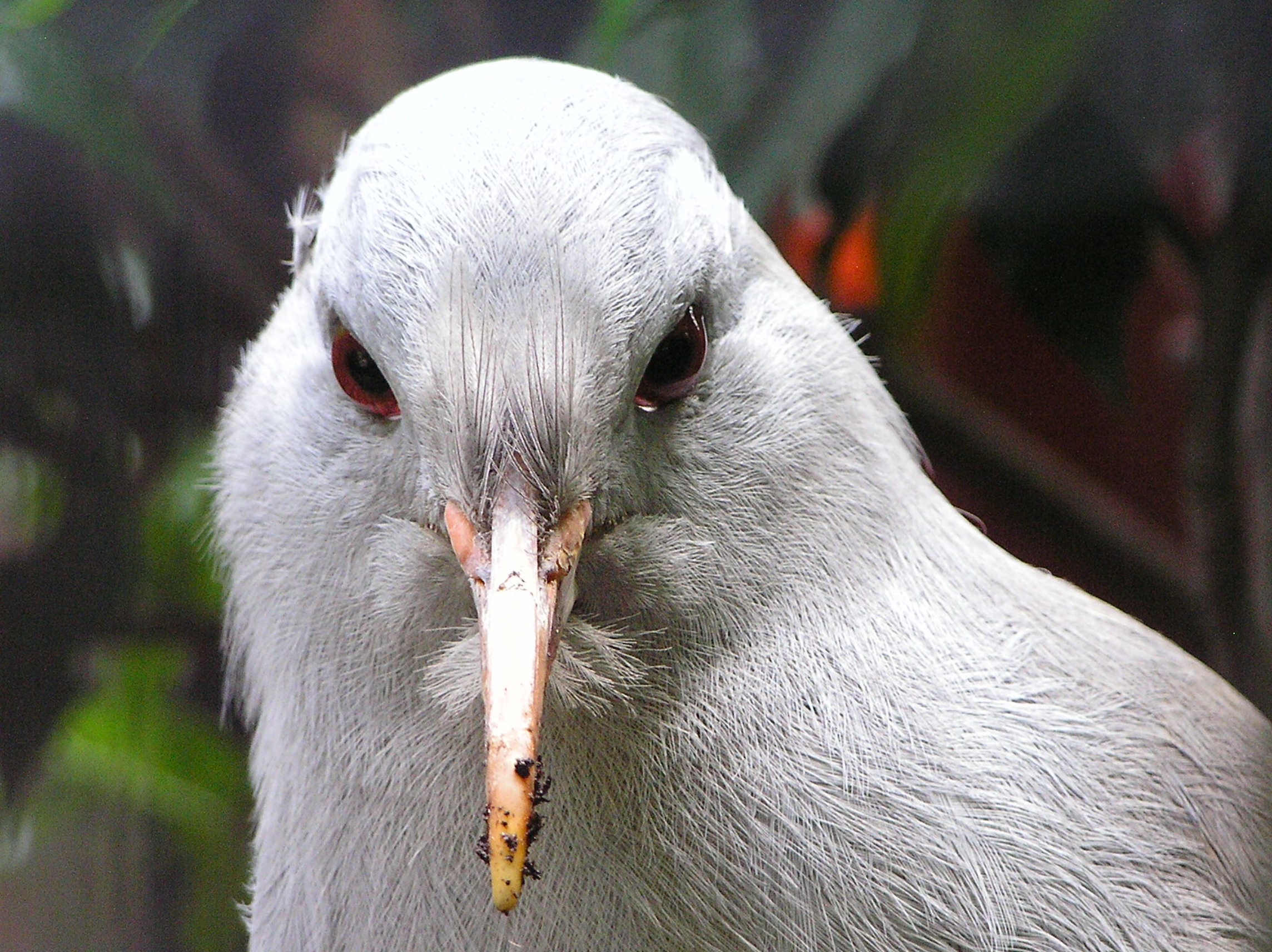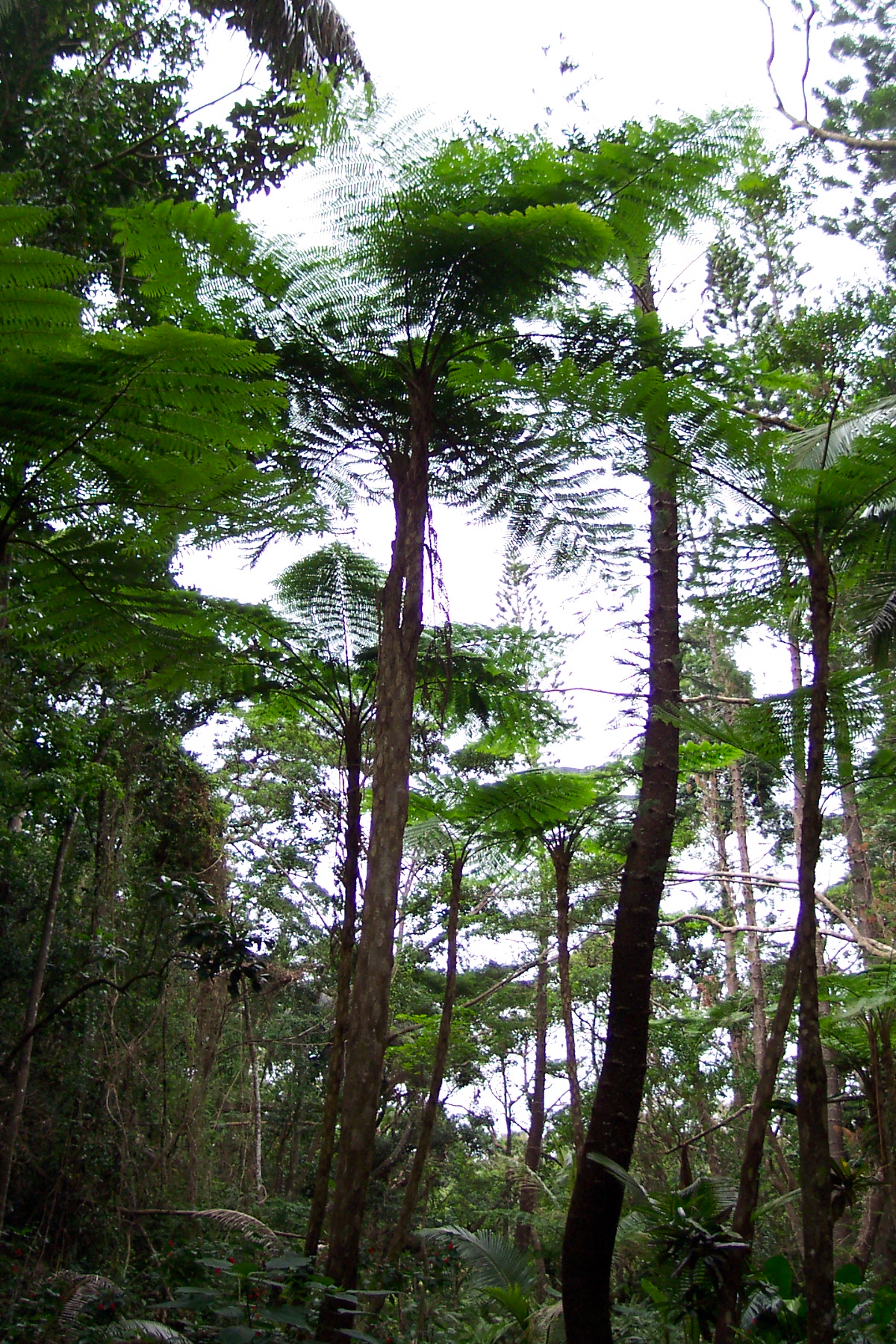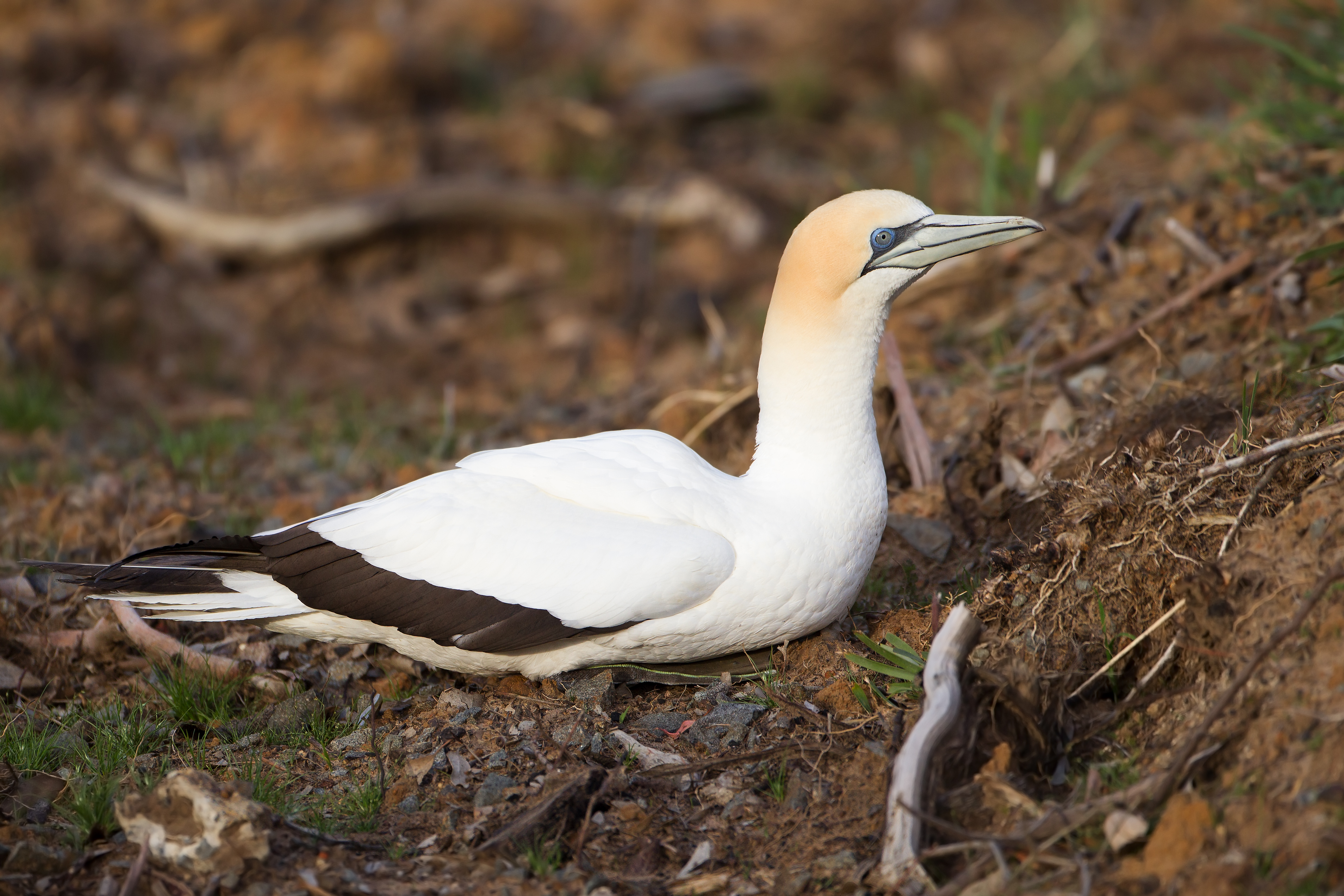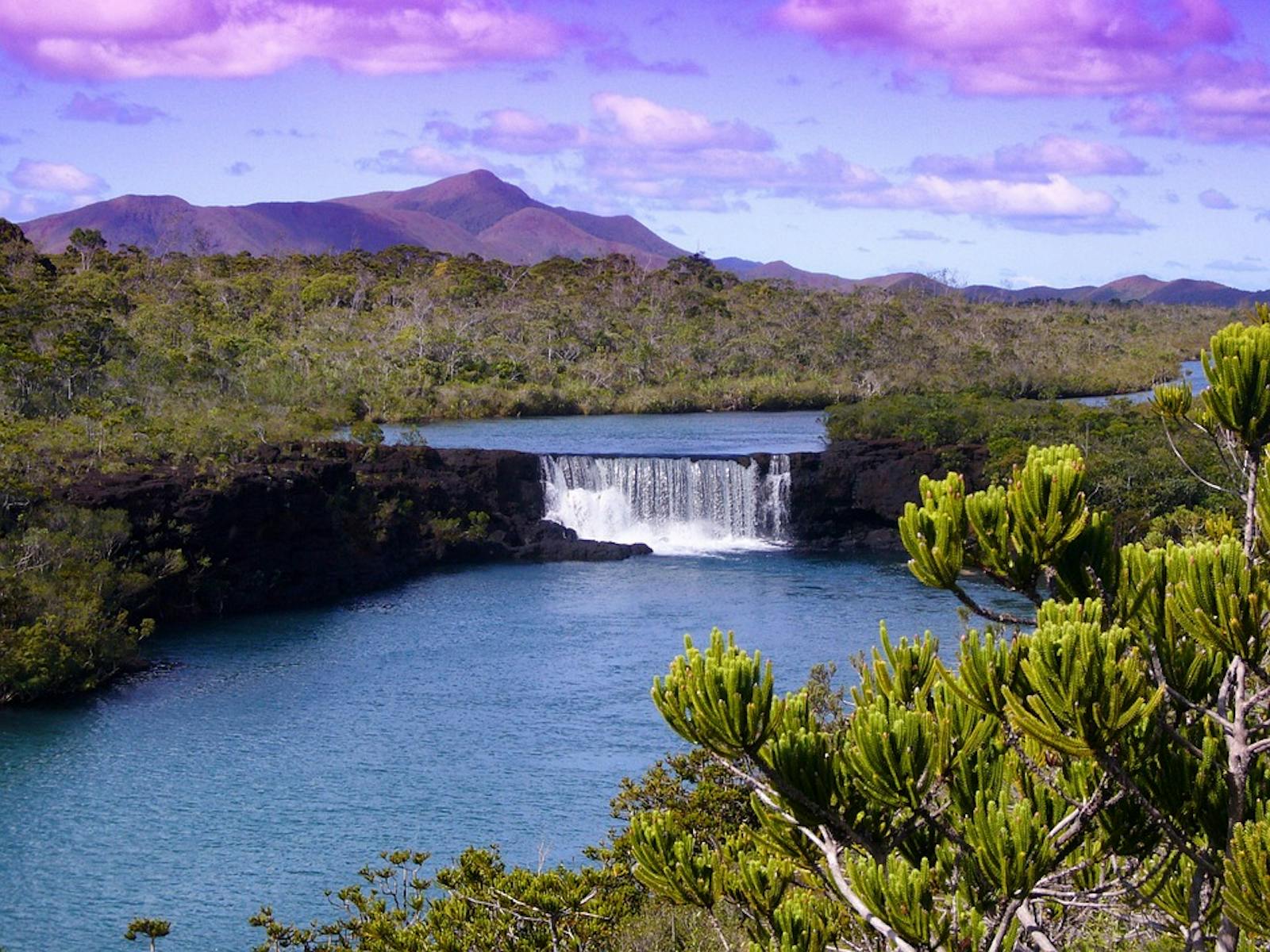New Caledonia Rainforests
The ecoregion’s land area is provided in units of 1,000 hectares. The conservation target is the Global Safety Net (GSN1) area for the given ecoregion. The protection level indicates the percentage of the GSN goal that is currently protected on a scale of 0-10. N/A means data is not available at this time.
Bioregion: Coral Sea & New Caledonia Islands (AU10)
Realm: Australasia
Ecoregion Size (1000 ha):
1,459
Ecoregion ID:
146
Conservation Target:
81
Protection Level:
7
States: New Caledonia (France)
The haunting 15-minute long duets of the endemic kagu, a large, peculiar crested ground bird, in the early morning of New Caledonia’s rainforests, drive home how unique nature is on this island. The long isolation of this group of South Pacific islands―an errant chunk of ancient Gondwanaland consisting of New Caledonia and Loyalty Islands―has driven the evolution of a biota that is globally distinctive, from species to whole families, as well as unique adaptations. Here, trees bleed heavy metal sap when cut, and crows use twig tools to pry grubs from wood. The larger fauna once was dominated by snail-eating land crocodiles and giant horned tortoises, though all are extinct after the first wave of humans arrived a few thousand years ago.

The flagship species of the New Caledonia Rainforests ecoregion is the kagu. Image credit: Wikpedia, Frank Wouters (CC by 2.0)
The climate of the islands is tropical, with highly seasonal rainfall influenced by eastern trade winds. Rainfall averages about 1,500 millimeters yearly on the Loyalty Islands, 2,000 mm at low elevations on eastern Grand Terre, and 2,000–4,000 millimeters at high elevations on Grand Terre. The forests comprise laurel-leaved evergreen hardwood trees reaching up to 40 meters in height.
Long isolation, complex terrain, and unusual soil types, such as ultramafic soils rich in heavy metals, have helped drive the evolution of a diverse and unique biota. New Caledonia is a global hotspot of ancient forms of trees (44 gymnosperms, conifer-type trees), including Agathis, Acmopyle, Dacrycarpus, Dacrydium, Podocarpus, Metrosideros, and Aracauria. Some of the island’s forests and maquis (ultramafic-soil vegetation) scrublands dominated by these unusual trees are among the most striking and distinct on the planet. New Caledonia has an extraordinary five endemic plant families (Amborellaceae, Oncothecaceae, Papracrypyiaceae, Phellinaceae, and Strasburgiaceae) out of a total of 196 families. Almost 14 percent of the plant genera and 80 percent of the species are endemic. Amborella trichopoda is the only species in the family Amborellaceae and is thought to be one of the closest living relatives to the first flowering plants.

Fougère arborescente. Image credit: Wikipedia, Public Domain
The native fauna includes three snakes (only on the smaller nearby islands), nine mammals—all of them bats—and 68 species of lizards, 60 of which are endemic, including three families: geckos (Gekkonidae and Diplodactylidae) and skinks (Scincidae). There are no native amphibians. The birds of New Caledonia are largely modern forms, but the ancient family, Rynochetidae, is endemic to New Caledonia and is currently represented by the kagu. Some of the vertebrate species of New Caledonia stand out for being unique in size: the New Caledonian imperial pigeon is the largest arboreal pigeon in the world, Rhacodactylus leachianus is the world's largest gecko, and the giant skink is the world’s largest. Bradystichidae is the world’s only spider family endemic to a single island.
Driven by extensive logging and mining, the New Caledonia Rain Forests have suffered large losses of native habitat. They once covered 70% of the island but are down to 20 percent. Man-made wildfires, alongside the introduction of rats, feral dogs, deer, goats, and pigs, greatly damage natural habitats and undermine native species populations. The invasive Neotropical ant (Wassmannia auropunctata) kills native lizards and invertebrates over wide areas.

Morus Serrator. Image credit: Wikipedia, JJ Harrison (CC by 3.0)
The Rivière Bleue Park is one of the larger reserves protecting sizeable areas of rainforest and maquis shrublands. Twenty-two Key Biodiversity Areas (KBA) have been delineated within New Caledonia, covering an area of 7,693 square kilometers and 42 percent of the New Caledonian territory. Small scattered and isolated KBA patches were identified and declared as candidate KBAs, covering 370 square kilometers and a small percentage of 2 percent of the territory. Even small and scattered habitats are important for conservation in this ecoregion, where many species are highly localized in their distribution and may be globally unique taxa.
Priority conservation actions for the next decade
- Ensure the protection of these small but important KBA sites through government-supported and community-based initiatives.
- Increase efforts to curb wildfires and manage the fire regime.
- Control invasive species in priority habitats.
-
-
- Bouchet PH, T Jaffré, JM Veillon. 1995. Plant extinction in New Caledonia: protection of sclerophyll forests urgently needed. Biodiversity and Conservation 4:415-428.
- CI, WWF, AFD. 2011. Delineation of Key Biodiversity Areas New Caledonia. Gouvernement de la Nouvelle-Calédonie, Noumea. 128 pp.
- Foret Seche Programme, (2010), http://www.foretseche.nc, accessed on 22nd April 2010.
-
Cite this page: New Caledonia Rainforests. Ecoregion Snapshots: Descriptive Abstracts of the Terrestrial Ecoregions of the World, 2021. Developed by One Earth and RESOLVE. https://www.oneearth.org/ecoregions/new-caledonia-rainforests/
-



